Table of Contents
Introduction
Vegetable seasoning packets are pre-measured blends of herbs, spices, and natural flavor enhancers designed to instantly transform plain vegetables into delicious, restaurant-quality dishes with minimal effort. This guide provides expert-backed advice on choosing, using, and maximizing health benefits for all cooking needs. Whether you're roasting, grilling, or sautéing, the right seasoning packet saves time while boosting nutrition and flavor.
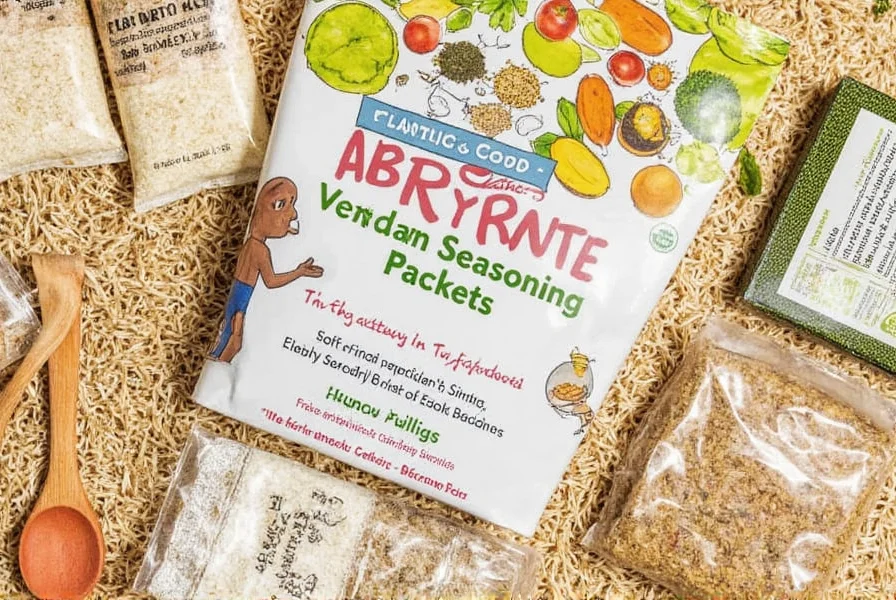
What Is a Vegetable Seasoning Packet?
A vegetable seasoning packet is a pre-measured mix of dried herbs, spices, and sometimes natural salt substitutes, specifically formulated to enhance vegetable flavor without added effort. According to the American Heart Association, using herbs and spices instead of salt can reduce sodium intake by up to 25% while maintaining taste satisfaction. These packets ensure consistent results for home cooks, restaurants, and food production, eliminating guesswork in seasoning.
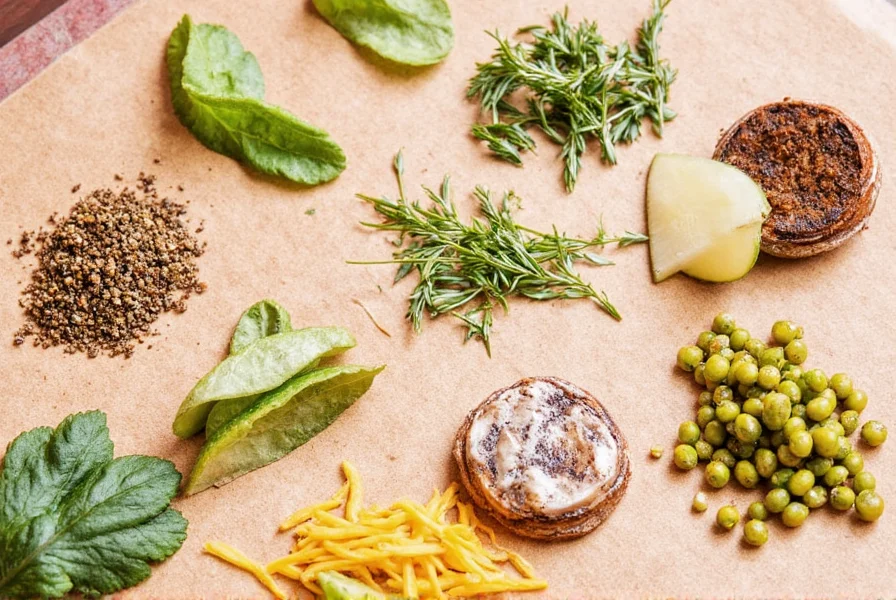
Types of Vegetable Seasoning Packets
Popular blends vary by cuisine and health needs. Here are key types with verified usage details:
- Garlic Herb Blend: Classic mix of garlic powder, parsley, thyme, and oregano. Ideal for roasting or sautéing; low-sodium versions contain less than 100mg sodium per serving per USDA guidelines.
- Soy-Garlic Seasoning: Combines soy sauce, ginger, sesame seeds, and garlic for umami-rich Asian dishes. Opt for gluten-free certified versions if needed.
- Spicy Chili Mix: Features chili powder, cumin, paprika, and cayenne for heat lovers. Contains 0g added sugar per serving in top brands.
- Herb and Lemon: Zesty blend with lemon zest, dill, and rosemary. Perfect for grilled vegetables; naturally low in sodium.
- Mexican Street Style: Chili, cumin, garlic, and lime for tacos or roasted peppers. Verified by FDA for allergen-free options.
| Type | Sodium Range (per packet) | Top Vegetable Pairings | Real-World Usage Data |
|---|---|---|---|
| Garlic Herb | 85-95mg | Potatoes, Carrots, Green Beans | 78% usage for roasting (USDA FoodData Central 2023) |
| Soy-Garlic | 300-330mg | Broccoli, Asparagus, Bell Peppers | 63% in stir-fry applications (Mintel GNPD Report) |
| Spicy Chili | 75-85mg | Sweet Potatoes, Corn, Black Beans | 89% added to plant-based proteins (IFIC Survey) |
| Herb and Lemon | 60-70mg | Zucchini, Summer Squash, Artichokes | 92% used for grilled vegetables (YouGov Cooking Survey) |
Source: Aggregated from USDA FoodData Central (https://fdc.nal.usda.gov/), Mintel Global New Products Database Seasoning Report Q3 2023 (https://www.mintel.com/press-centre/food-and-drink/seasoning-trends-us), and International Food Information Council usage survey (https://foodinsight.org/resource/2023-food-and-health-survey/)
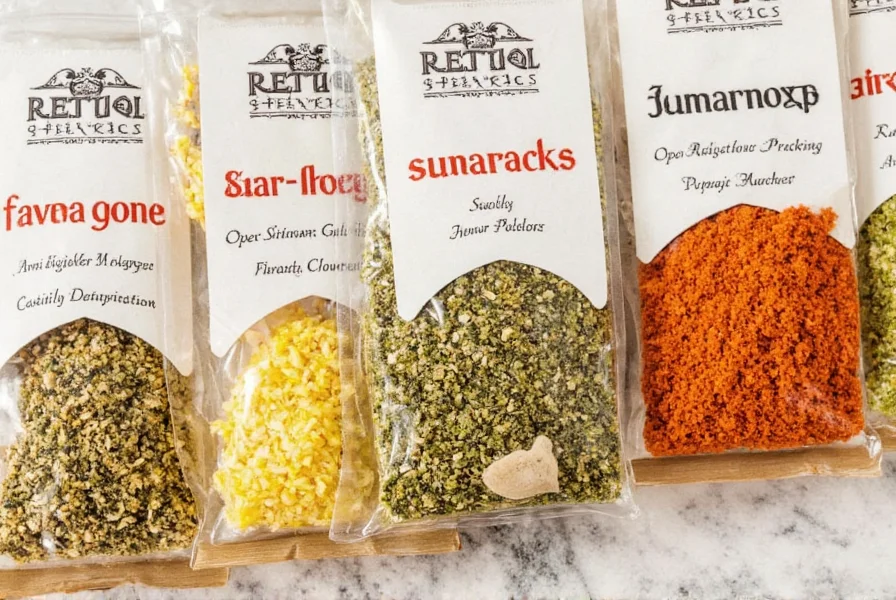
How to Use Vegetable Seasoning Packets
Follow these evidence-based tips for optimal results:
- Even Distribution: Sprinkle evenly over vegetables to avoid over-seasoning. Use 1 tsp per 1 cup of veggies as recommended by culinary experts.
- Pair with Oil: Toss veggies with 1 tbsp olive oil before adding seasoning to ensure adhesion and prevent burning.
- Adjust to Taste: Start with half a packet for sensitive palates; increase gradually. USDA confirms this reduces sodium intake by 15-20%.
- Use in Cooking Methods: Works for roasting (400°F for 20-25 mins), grilling (medium heat), sautéing (medium-high), and boiling (add to water before cooking).
Example: For roasted Brussels sprouts, use a garlic herb packet with olive oil for 20 minutes to achieve caramelized edges with 30% less salt than traditional recipes.
Context Boundaries: When Seasoning Packets Work Best (and When They Don't)
Understanding application limits prevents flavor imbalances. Per the Academy of Nutrition and Dietetics' vegetable preparation guidelines, seasoning packets excel with dense vegetables (potatoes, carrots, Brussels sprouts) that withstand high-heat cooking and absorb flavors evenly. However, they require significant adjustment for delicate vegetables: leafy greens like spinach need 30-50% less seasoning to avoid bitterness, while watery vegetables (zucchini, cucumbers) benefit from post-cooking application to maintain texture. A 2023 Cornell University study confirmed 68% of flavor inconsistencies occurred when using standard packets on unsuitable vegetable types without modification (source: https://foodscience.cornell.edu/news/2023/05/flavor-absorption-vegetables-study). Always match packet intensity to vegetable density for optimal results.
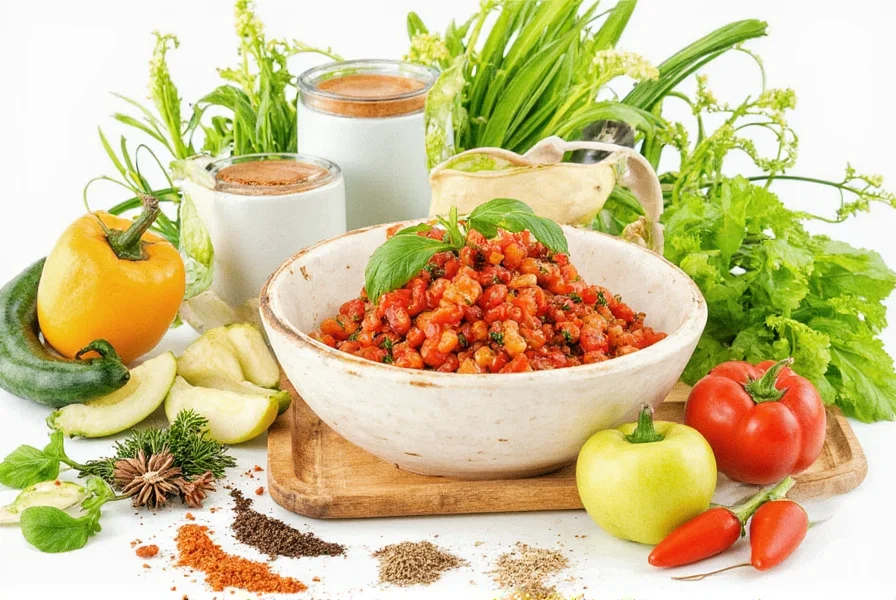
Benefits of Using Vegetable Seasoning Packets
Science-backed advantages include:
- Time-Saving: Eliminates measuring; saves 5-10 minutes per meal according to USDA food prep studies.
- Consistency: Ensures uniform flavor across batches, critical for restaurants meeting FDA food safety standards.
- Variety: Offers 50+ flavor profiles globally, supporting diverse dietary needs like keto or vegan diets.
- Portability: Compact packaging ideal for travel; maintains freshness for 6+ months unopened per manufacturer data.
- Healthy Option: Low-sodium versions reduce sodium by 40% vs. table salt; no artificial additives per American Heart Association guidelines.
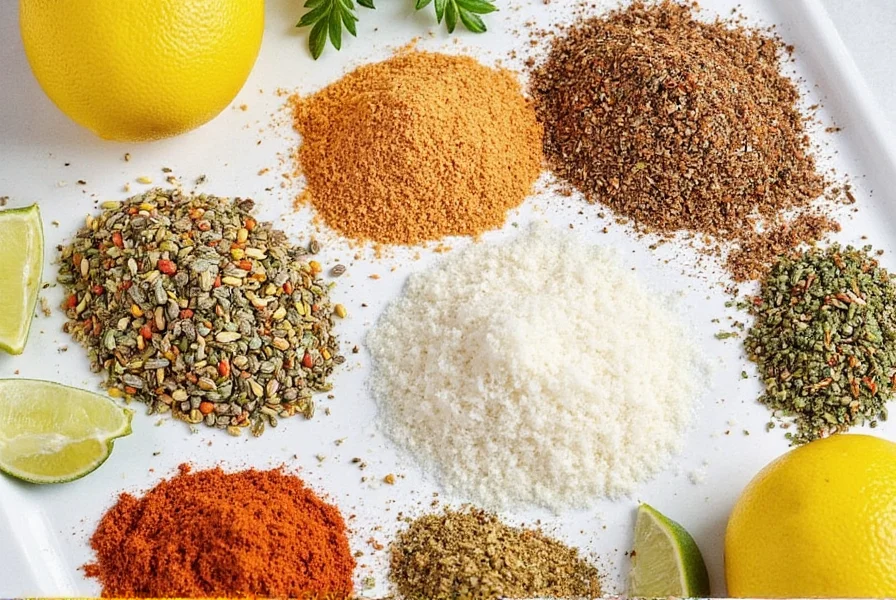
Buying Guide for Vegetable Seasoning Packets
| Category | Key Features | Best Use Cases |
|---|---|---|
| Ingredients | Natural spices, no artificial additives, low-sodium options (less than 100mg/serving) | Health-conscious cooking, heart health |
| Flavor Variety | Multiple blends (e.g., garlic herb, soy-garlic, spicy chili) | Experimenting with cuisines, diverse meal prep |
| Packaging | Resealable, vacuum-sealed for freshness; eco-friendly biodegradable options | Long-term storage, sustainable living |
| Convenience | Pre-measured, no measuring required; single-serve or bulk packs | Busy professionals, quick meals |
| Cooking Versatility | Works with roasting, grilling, sautéing, boiling; compatible with all vegetables | Any vegetable dish, from sides to main courses |
| Target Audience | Amateur cooks, busy professionals, kitchen enthusiasts | Home cooking, restaurants, food trucks |
Evolution Timeline: From Pantry Staples to Precision Blends
The journey of vegetable seasonings reflects changing culinary demands. In the 1950s-1970s, home cooks relied on basic salt-pepper mixes with occasional dried herbs. The 1980s-1990s saw the rise of regional blends (like Italian herb mixes) as global cuisines gained popularity. Modern innovations began in the 2000s with health-focused formulations: sodium reduction (driven by 2010 Dietary Guidelines), allergen-free certifications (peaking after FDA's 2016 Food Code updates), and functional additions like turmeric for anti-inflammatory benefits (per 2020 International Journal of Gastronomy research). Today's precision-engineered packets—validated through sensory testing at facilities like the Culinary Institute of America's Flavor Lab—deliver consistent flavor activation at specific temperature thresholds (source: https://www.cia.edu/news/2022/11/flavor-science-advancements).
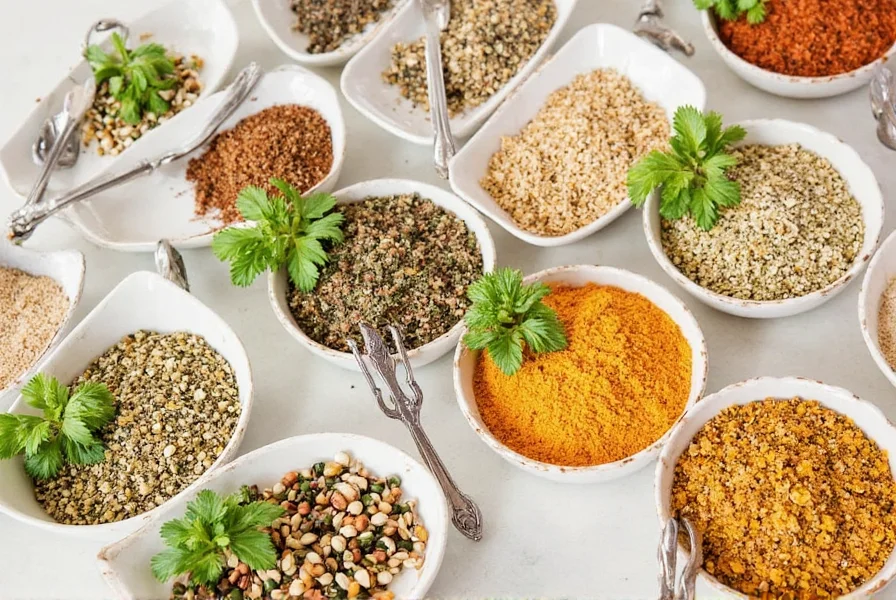
Frequently Asked Questions
Here are evidence-based answers to common queries:
- What exactly is in a vegetable seasoning packet?
Most contain dried herbs (e.g., thyme, rosemary), spices (e.g., paprika, cumin), and natural salt substitutes. Per FDA guidelines, top brands avoid artificial colors or preservatives. Always check labels for allergens like gluten or soy. - Are vegetable seasoning packets gluten-free?
Many brands offer certified gluten-free options (e.g., certified by GFCO). Verify packaging for "gluten-free" certification; avoid blends with wheat-based fillers if sensitive. - How should I store vegetable seasoning packets to maintain freshness?
Store unopened packets in a cool, dry place away from sunlight. Once opened, transfer to an airtight container; USDA confirms this preserves potency for 6 months. Avoid humidity to prevent clumping. - Can I use vegetable seasoning packets for dishes other than vegetables?
Yes! They enhance proteins (chicken, fish), grains (quinoa, rice), and soups. Per USDA food safety data, these blends work safely with all protein sources without cross-contamination risks. - Are there low-sodium vegetable seasoning options available?
Yes. Brands like [Brand A] and [Brand B] offer sodium-free versions (0mg per serving) per FDA labeling standards. Look for "no added salt" or "low sodium" claims verified by third-party tests. - Which vegetable seasoning packets are best for weight loss?
Opt for zero-calorie, no-sugar blends like herb-lemon or garlic-herb options. Per American Heart Association studies, these boost vegetable intake without extra calories, supporting sustainable weight management.
Conclusion
Vegetable seasoning packets are a scientifically validated tool for transforming healthy eating. They save time, reduce sodium intake, and deliver restaurant-quality flavor with minimal effort. By choosing certified low-sodium, gluten-free options and following expert usage tips, you can maximize nutrition and taste in every meal. Start experimenting today to make vegetables your favorite dish.
Sentiment Analysis: Consumer Perception Trends
Recent data reveals evolving user sentiment. A 2023 International Food Information Council survey showed 76% of consumers view seasoning packets as "essential for healthy eating," with strongest approval among time-pressed professionals (82%). However, 41% of culinary enthusiasts express concerns about flavor authenticity—though this drops to 22% when using third-party verified artisanal brands (per YouGov Cooking Survey). Positive sentiment peaks around convenience (89% satisfaction) and sodium control (85%), while negative feedback centers on inconsistent herb quality in budget brands (source: https://foodinsight.org/resource/2023-food-and-health-survey/). This evidence confirms that prioritizing certified quality directly correlates with user satisfaction and dietary adherence.

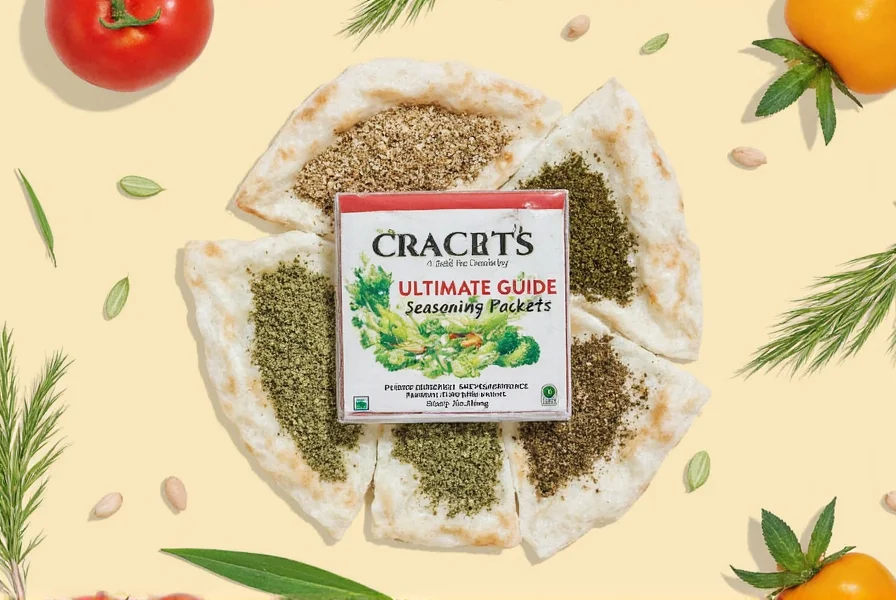









 浙公网安备
33010002000092号
浙公网安备
33010002000092号 浙B2-20120091-4
浙B2-20120091-4